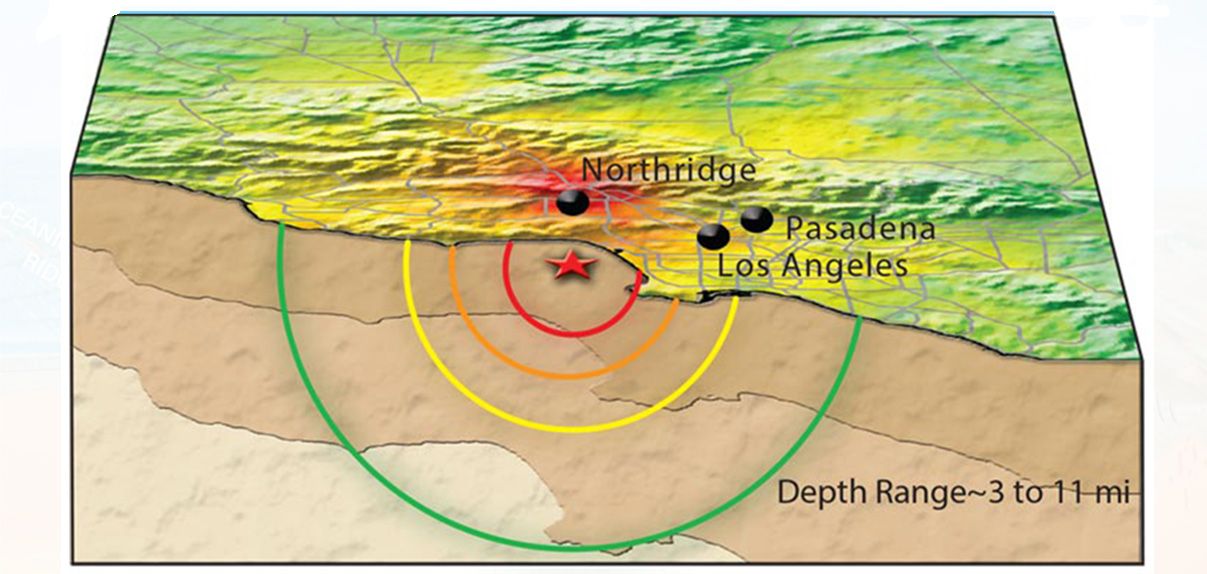
[caption id="attachment\\_10130" align="alignright" width="200"][](http://sciencereview.berkeley.edu/wp-content/uploads/2013/12/pitcherplant.jpg) The lips of carnivorous pitcher plants are one inspiration for super slippery surfaces[/caption]
The integration of engineered hydrophobic surfaces in everyday life is all around us: Teflon cookware in the kitchen, Rain-X in windshield wipers, and NanoDrop at the bench (hint: the sample pedestal coating). Unfortunately, there is much to be desired regarding the attributes of even the best industrially marketed treatments. One major challenge is that many of these surfaces have poor anti-fouling properties, are not optically transparent, and do not repel low-temperature and oily liquids. This technological dearth has broad impacts, from the medical industry to aeronautics. While it may seem like the Gore-Tex on your winter jacket is working just fine, there are a series of demanding applications that require an extra level of resilience to bacterial films. For instance, bacterial infections from medical catheters remain a leading cause of complications for chemotherapy patients due to tubes that provide insufficient protection from bacterial growth.
Last week in Nature, the Varanasi group at MIT reported a new superhydrophobic material that has the potential to make surfaces drier than ever before. The scientists at MIT were inspired by the microscopic ridges present in the leaves of the the nasturtium plant to develop a robust superhydrophobic mesh that is capable of quickly repelling water and even molten metal. Read on to explore the world of wettability and the remarkable biology that inspire these technologies.
In the academic literature, the past couple years have seen an exciting array of discoveries that harness bioengineering to confer super-hydrophobic properties onto diverse surfaces. Reducing surface wetting has a series of important applications from impeding biofilm growth on windows to keeping you dry during a rainstorm.
Many of the innovations in hydrophobic engineering have been inspired by nature, specifically the lotus leaf. The leaf has a rough surface characterized by micron sized ridges. This surface is coated by a hydrophobic wax ~100 nm thick so the water droplet does not sink through the ridges. Instead, it prefers to sit on the surface without wetting the leaf. The drop rolls off with almost no surface tension, cleaning the leaf by dragging dirt and other contaminants with it as it glides. The concept of wettability can be quantified in the lab through an easy contact angle measurement; the higher the contact angle of a liquid on a surface, the less droplet area is touching the leaf, and the lower the wettability. For a point of reference, a drop of water on a Teflon skillet of has a contact angle of 110 while a drop of water on the lotus has a contact angle of over 160.
In practice, the lotus leaf effect unfortunately falls short when extended to liquids that don’t have the high surface tension of water. And this is exactly where the current generation of bio-inspired technologies have kicked in to bridge the gap.
One of the extraordinary surfaces developed over the past couple years is SLIPS (Slippery Liquid-Infused Porous Surfaces) developed by the lab of Professor Joanna Aizenberg at the Harvard School of Engineering and Applied Sciences. Taking tips from the slippery lips of the insect eating Nepenthes pitcher plant, SLIPS is a self-healing, antimicrobial, omni-repellent surface. The concept behind this tech is simple: take an industrially relevant surface (such as Al), impose nanoscale texturing, and infuse it completely with a lubricant to create a molecularly smooth liquid interface. The contained liquid lubricant maximizes the contact angle of the liquid to be repelled (thereby minimizing the area between the drop and surface) and blood, crude oil, and even ice can roll off with ease. A hope is that one day the SLIPS strategy could enable efficient transport of biofuels. For now, take a look at one neat application: graffiti resistant signs.
[caption id="attachment\\_10126" align="alignleft" width="300"][](http://sciencereview.berkeley.edu/wp-content/uploads/2013/12/butterfly-wing.jpg) Water droplet bouncing off the wing of a Morpho butterfly[/caption]
The Varanasi lab at MIT has pushed forward yet another advance on water-proofing surfaces by focusing on a different parameter that can reduce wettability: the contact time between a water droplet and a superhydrophobic surface. Looking to biology again, this dry surface takes inspiration from insects and plants in nature. The Morpho butterfly is one of such an insect. Its wings are characterized by microscale, periodic structures that are chromophore free but scatter light, creating what we perceive to as a beautiful blue color. Functionally, the physical properties of these ridges ensure that water droplets break apart into smaller drops before rebounding from the surface, thus allowing for natural cleaning of any debris on the wings. In a similar fashion, roughened surfaces are also present in the superhydrophobic leaves of the nasturtium plant.
The material that was developed in the MIT study was created by generating a superhydrophobic surface that retained macroscopically patterned ridges. This textured surface causes a falling water drop to break into smaller droplets that then recoil off of the surface much faster than a single symmetric drop. A benefit of this strategy for repelling liquids is its durability, potentially eliminating the need to use a polymer-based lubricant that is thermally unstable. Future directions involve applications in anti-icing since drops would spend a very short time in contact with any cold surface reducing the likelihood of ice formation. Remarkably, the current work already shows that even molten tin can recoil off these surfaces prior to solidification as shown in this video.



